Minimalist Urban Landscapes: The Future of City Living
Chosen theme: Minimalist Urban Landscapes: The Future of City Living. Explore how pared-back design, human-scale streets, and thoughtful simplicity can shape healthier, calmer, more equitable cities. Join our community, share your perspective, and subscribe for ongoing ideas and experiments.
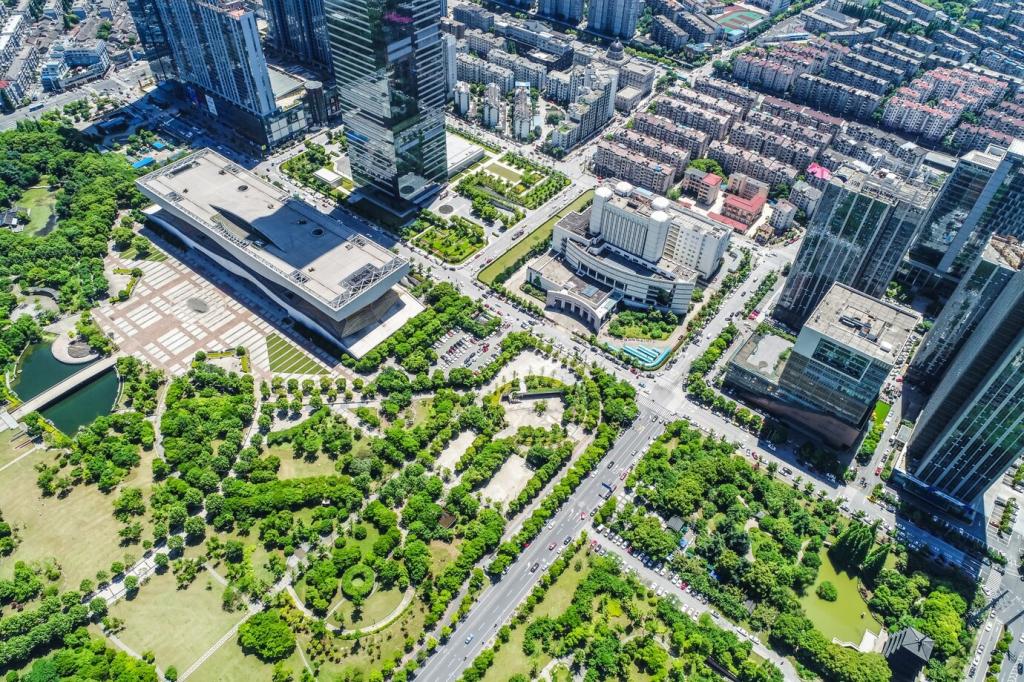
Clarity Over Clutter
A minimalist city strips away unnecessary signals, aggressive advertising, and confusing street furniture, leaving intuitive cues that guide behavior. When what remains is essential and legible, people move confidently, linger longer, and feel genuinely at ease.
Calm as Urban Infrastructure
Calm is not a luxury; it is infrastructure. Wide sidewalks, quiet materials, and restrained lighting reduce stress and conflict. Minimalist choices create predictable rhythms that make everyday routines feel effortless and dignified for everyone.
From Aesthetics to Systems
Minimalism is more than clean lines. It is about simplifying systems: fewer intersections to cross, fewer bins to sort, fewer maintenance cycles. Cities work better when processes are straightforward, transparent, and respectful of people’s time.

Design blocks so anyone, regardless of age, can walk five minutes without a stressful decision. Clear paths, consistent textures, and regular seating turn short trips into pleasurable rituals instead of micro-negotiations with danger.

Dedicating simple, continuous lanes for bikes and scooters reduces conflicts while cleaning up signage. Colored pavement and subtle curb cues replace a forest of posts, making movement safer, quieter, and visually coherent for everyday travelers.
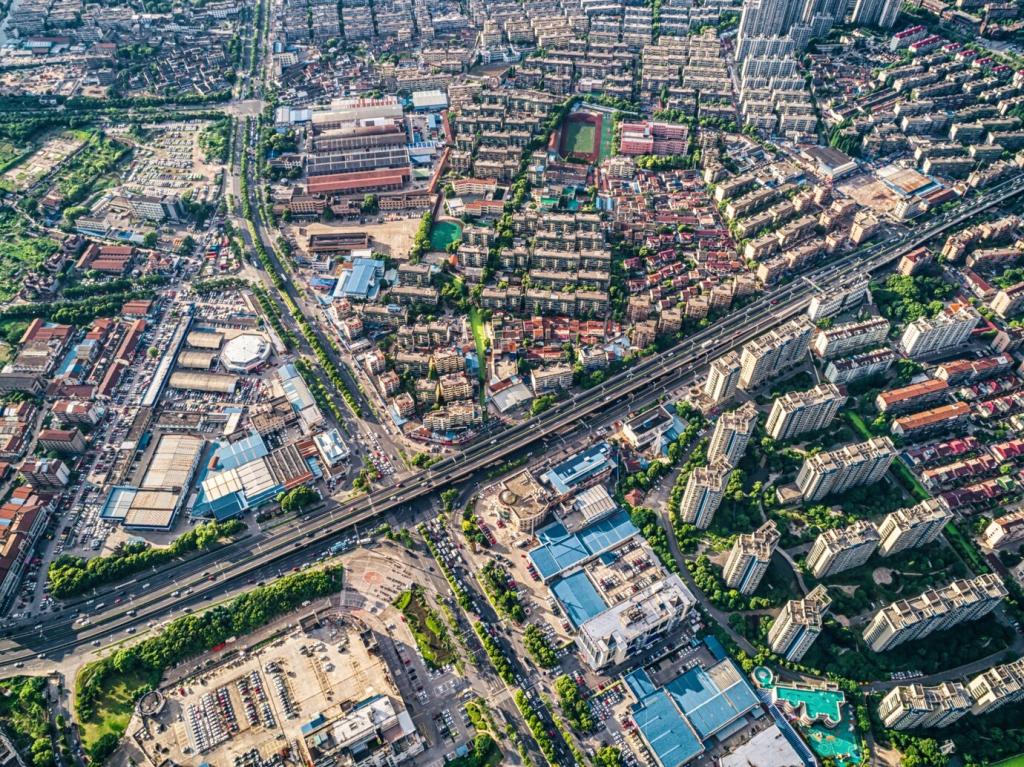
Small, frequent green rooms break long streets into breathable segments. A single tree canopy, a water fountain, and a bench can anchor neighborhood life, encouraging daily conversations and micro-celebrations close to home.
Material Honesty and Low-Carbon Choices
Fewer Materials, Deeper Craft
Using three to five materials across a block allows craftsmen to perfect details and maintenance teams to excel. Concrete, timber, and recycled brick can feel timeless when joints, transitions, and textures are thoughtfully resolved.


Circularity Made Simple
Design assemblies to unbolt rather than demolish. Clear labeling of components and standardized modules make reuse practical. Minimalist systems turn renovation into responsible tinkering instead of disruptive, waste-heavy overhauls.
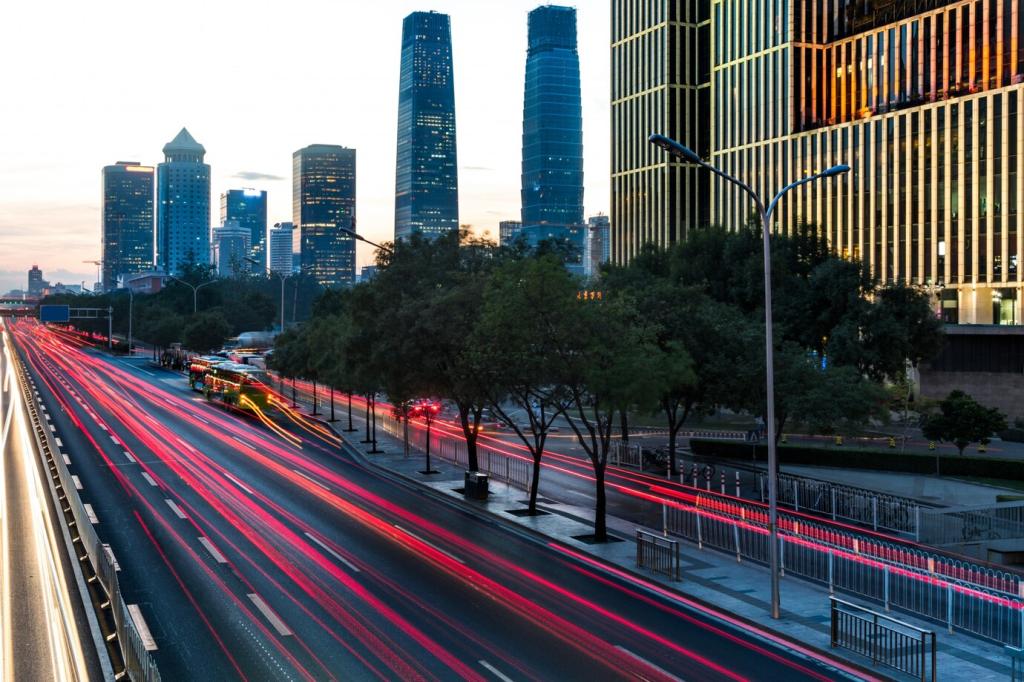
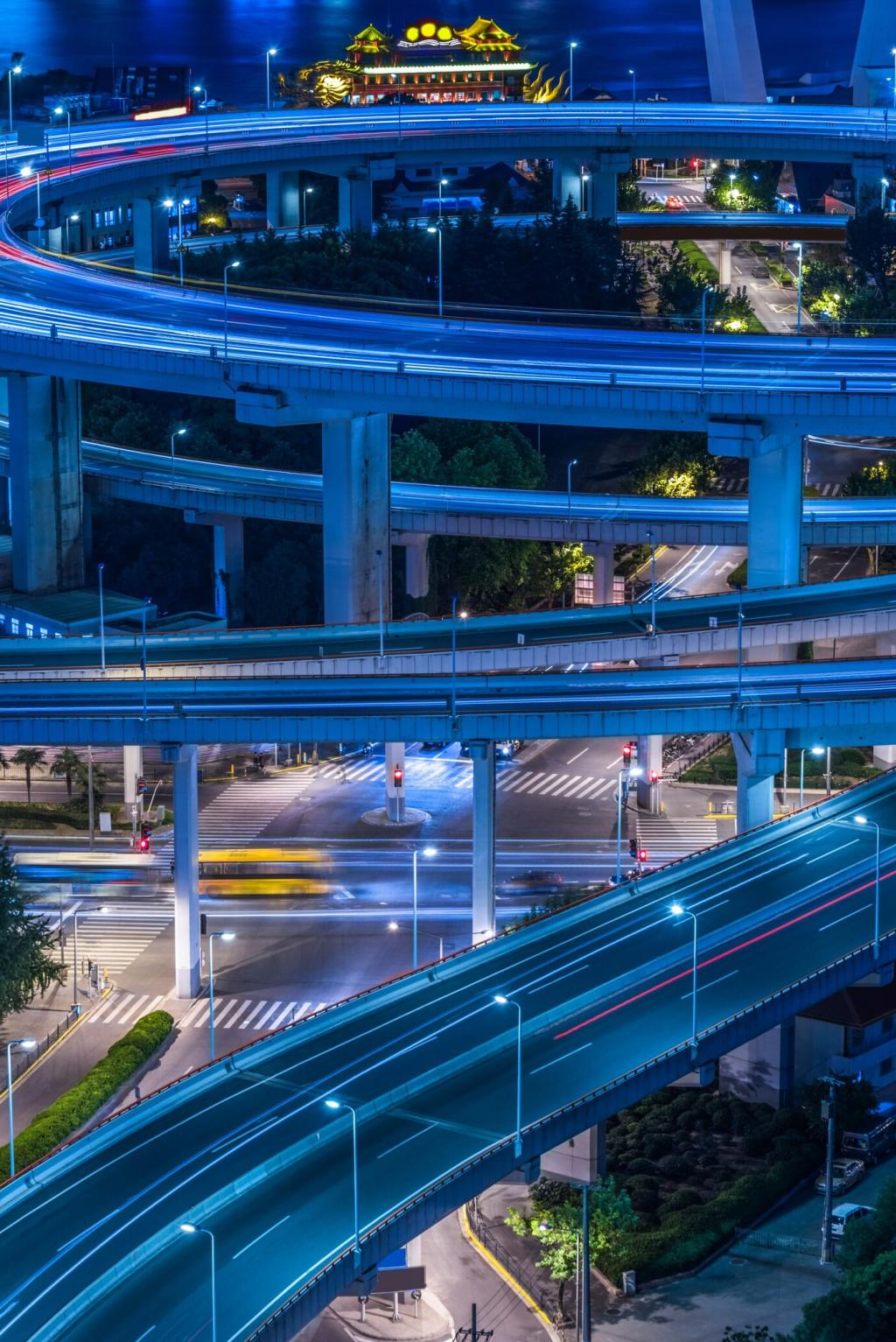
The Invisible Smart City
Lighting that brightens as pedestrians approach, benches that report damage automatically, and crossings that slow cars without a word. The city assists without demanding attention, letting people focus on each other and place.
The Invisible Smart City
Collect only what helps the public, store it briefly, and explain it clearly. Minimalist data practices build trust, ensuring smart features enhance safety and comfort while protecting identity and personal rhythms.
Community, Equity, and Everyday Rituals
Laundry terraces, tool libraries, and simple halls encourage spontaneous gatherings when spaces are easy to understand and use. Minimalist layouts reduce social friction and let neighbors define the vibe together.
Community, Equity, and Everyday Rituals
By cutting decorative excess and focusing on performance, budgets stretch further. Thoughtful restraint redirects funds to insulation, daylight, and public space, improving quality while keeping costs transparent and manageable for residents.
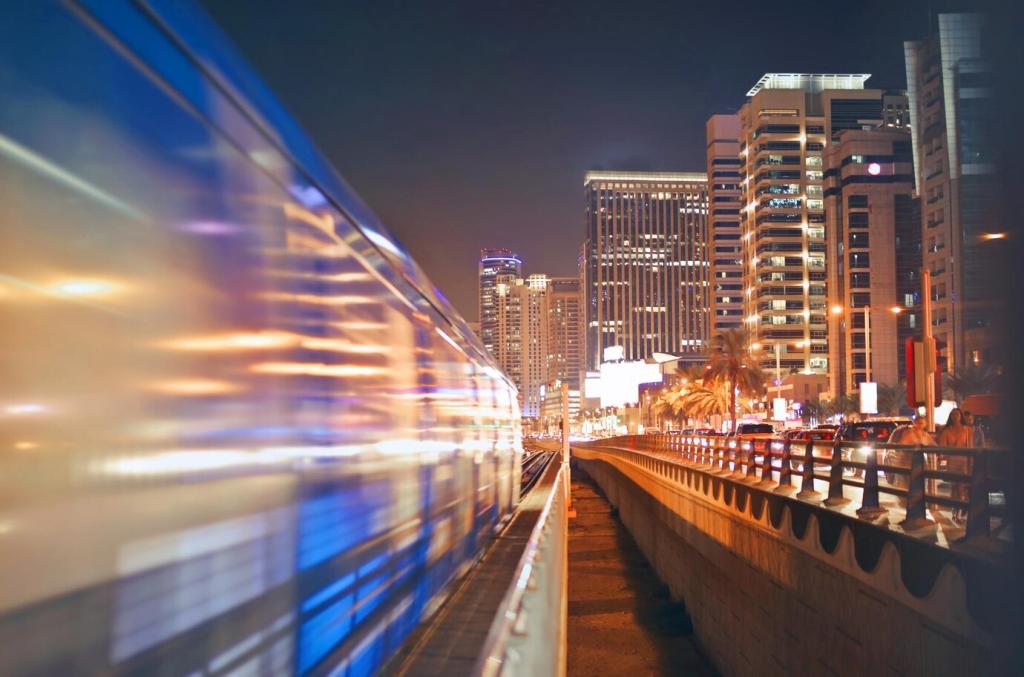
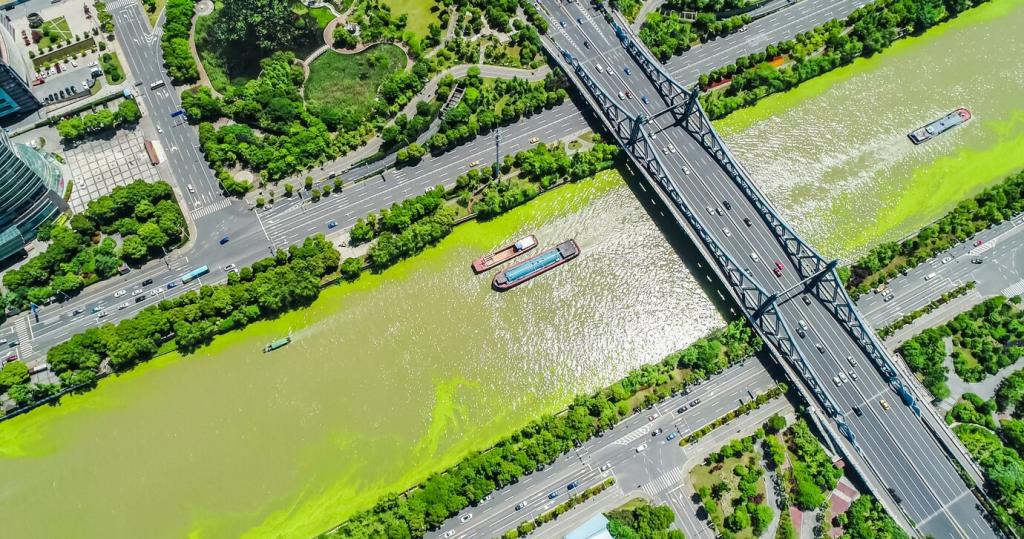
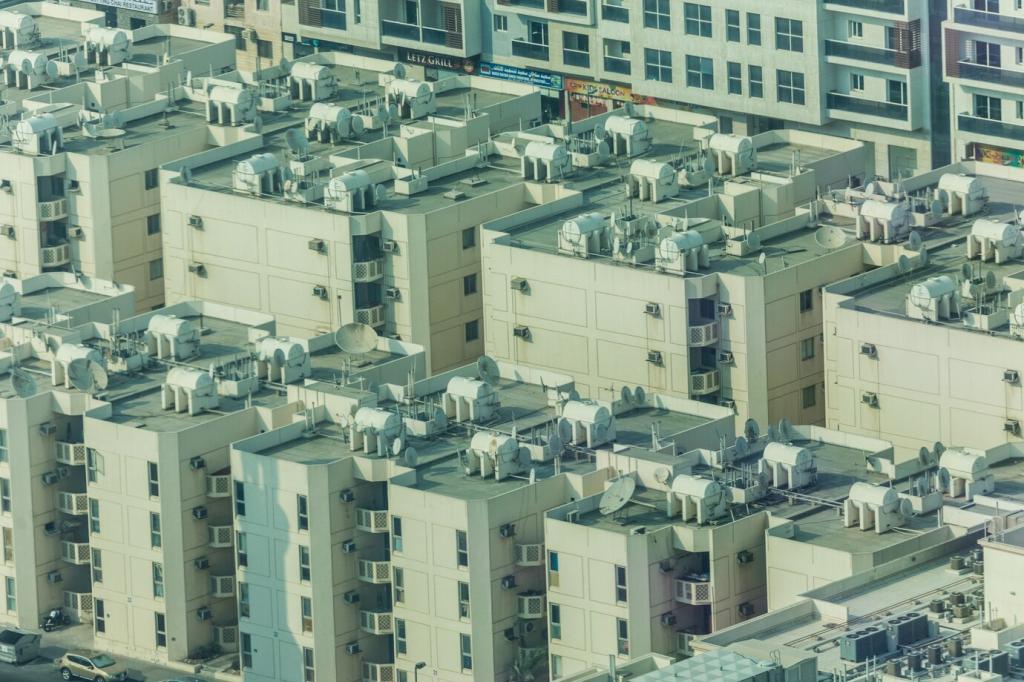
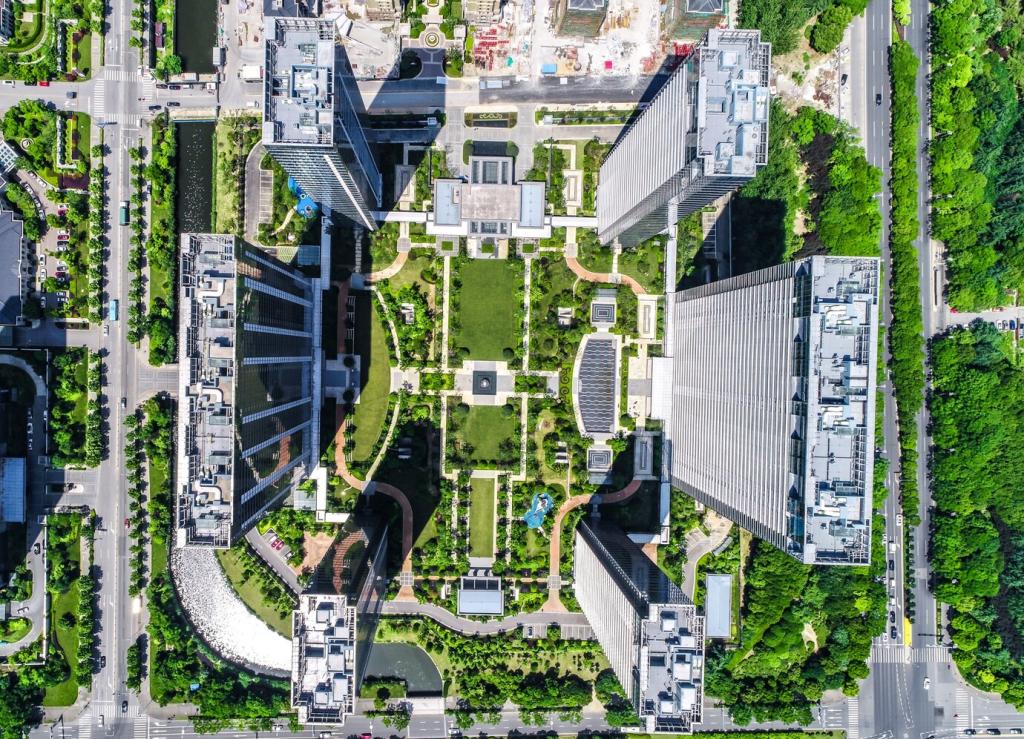
How to Participate in a Minimalist City Movement
Walk your street and list every sign, pole, and bin. Ask what earns its place. Share photos, propose consolidations, and rally neighbors to support trials that remove clutter and improve safety immediately.
How to Participate in a Minimalist City Movement
Test paint-only bike lanes, pop-up benches, or planter-protected crossings for a month. Measure conflicts, count smiles, and iterate. Minimalist thinking loves temporary experiments that inform permanent, low-regret investments later.
